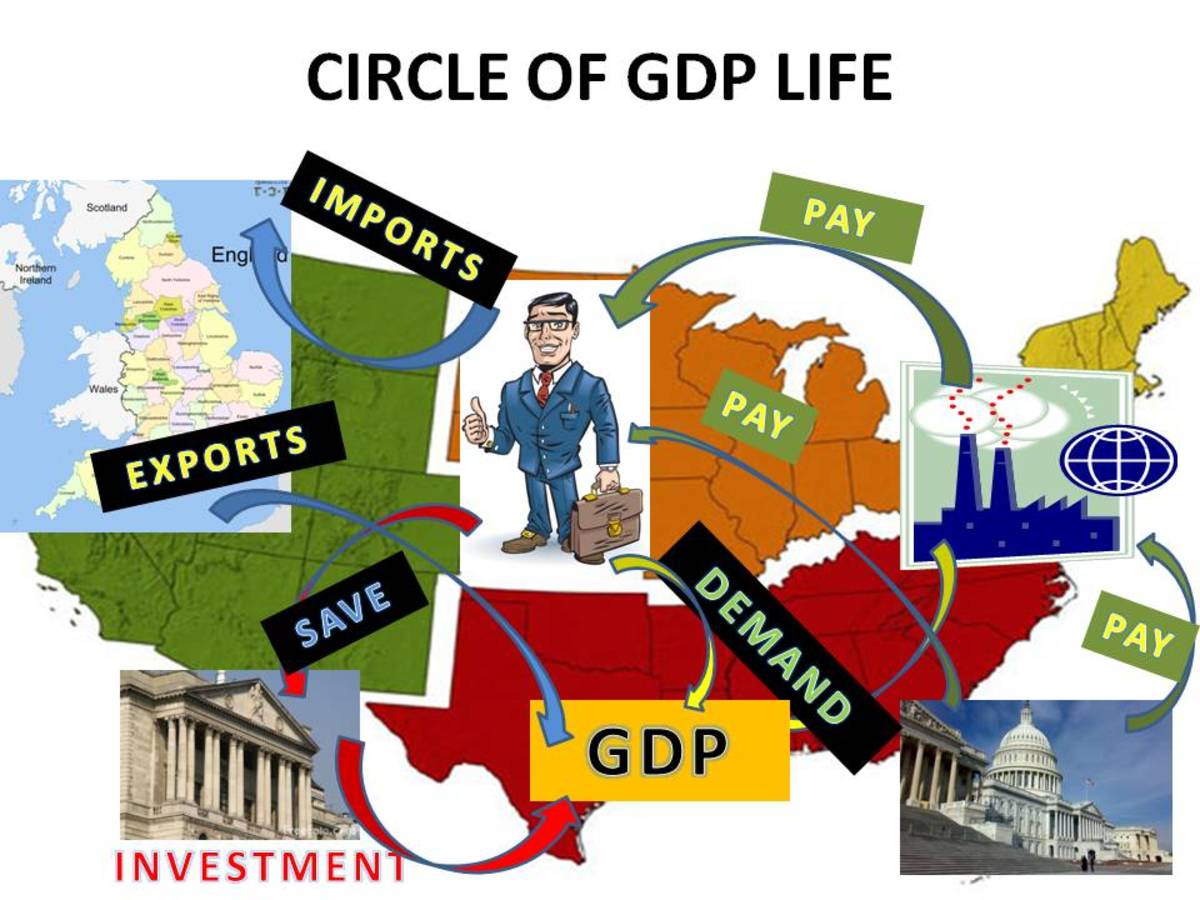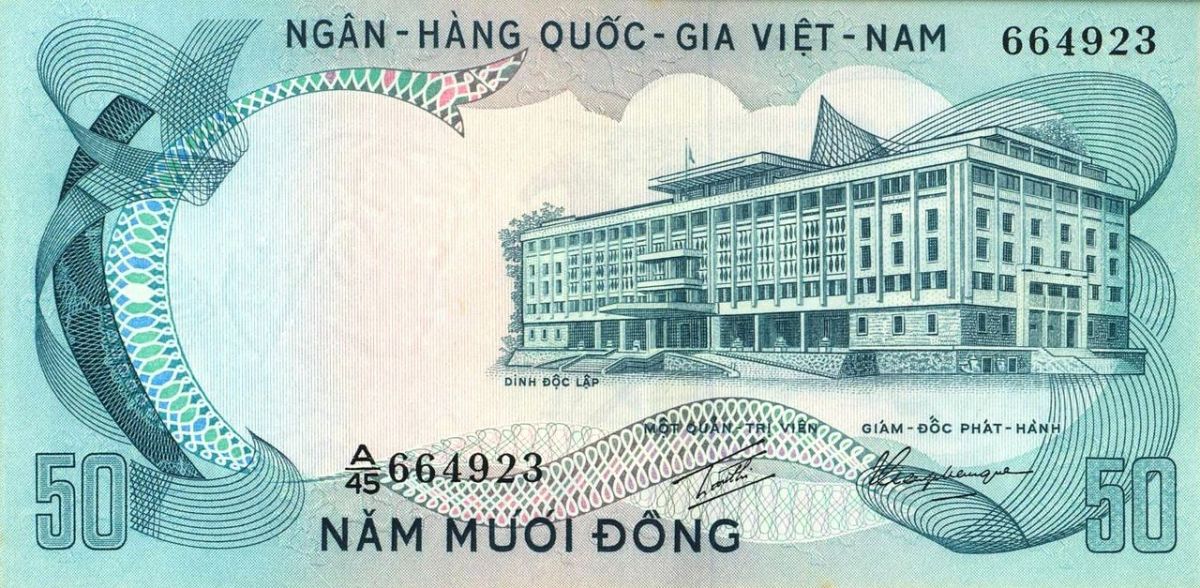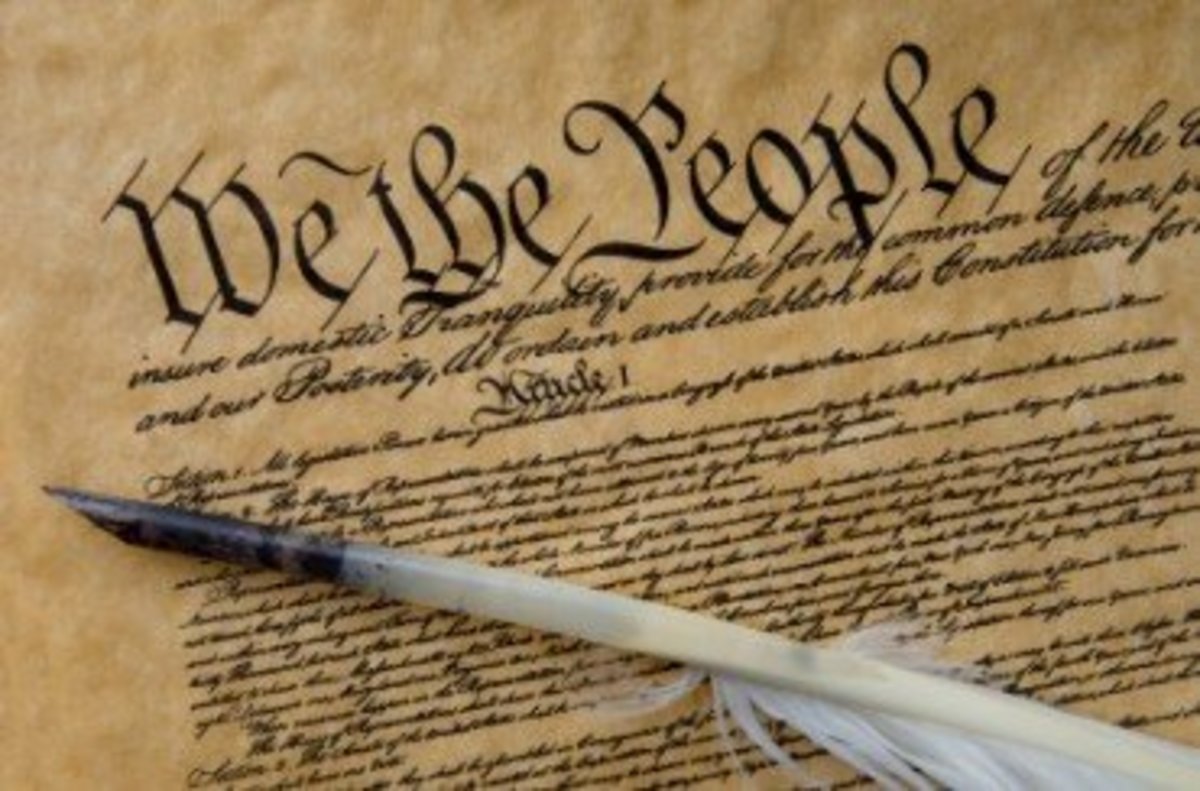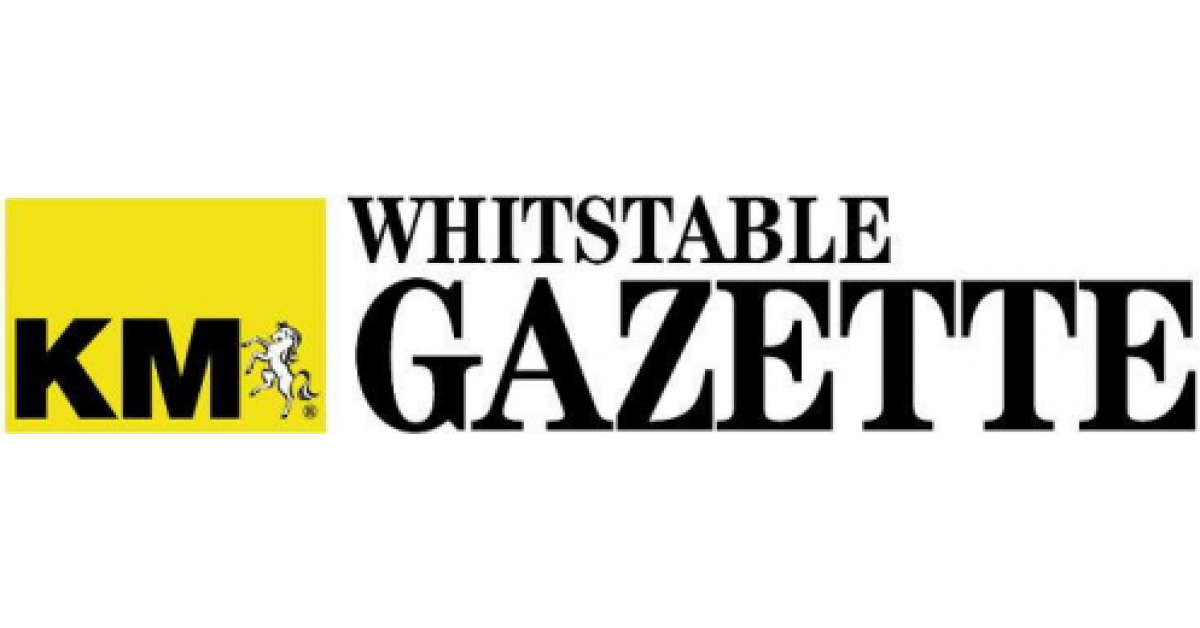American Monkey Business

By: Wayne Brown
How many bad ideas can you generate before people quit following your lead? I found myself wondering about this yesterday as President Obama announced his ideas for spending $50 billion dollars on the infrastructure as an extension of the stimulus spending process. It wasn’t enough to just redirect some of the $300 billion dollars in original stimulus money to this project, which by the way, seems to be just sitting idle waiting for someone to come up with a way to waste it. Have you ever noticed that government runs on a one-way road? Once we decide to do something, we don’t turn around even when it proves to be a bad idea. How many bad ideas add up to a lack of leadership skill? We should know the answer to that one by now.
Consumer spending is shutting down slowly in the USA. Business investments have slowed. When those two things occur generally the economy goes into a recession and tends to hang there until there are changes that stimulate both of these factors. Part of the consumer spending issue is driven heavily by those who have either lost their employment or who are living in fear of losing their employment. The consumer is preparing for the worst. Consumers force businesses to prepare for the worst as well. In this case, you could call it a “trickle up” effect which starts at the lowest level of the economy and works its way to the top of industry.
The above noted situation makes the lack of jobs in our economy the number one concern in getting things moving again. Never mind the stimulus spending package which threw away $800+ billion dollars of the taxpayer money. The real emphasis there was never on job creation and this administration knows it. The stimulus package was all about bail out in the financial and housing sector and it continues to be about that, especially in housing, where the president is proposing to bail out homeowners who have lost home equity value. The administration has dumped tons of money into Freddie Mac and Fannie Mae when it should have long since let them go. These are outmoded institutions that really have no basis for existence in our current world with the exception of mishandling taxpayer dollars. Most likely, the $300 billion that is sitting idle in the stimulus package will eventually flow down this drain to the sewers of waste.
Meanwhile, the President looks for more ways to toss taxpayer money out knowing that it will be caught by groups like unions, etc. who represents significant voting blocks for the upcoming election. Again, here is yet another example of Washington using taxpayer dollars to buy votes. Infrastructure construction is only going to funnel funds in particular directions within the government food chain. In many cases, it will have minimal trickle down effect within the economy. In the meantime, many businesses hang in limbo existing in fear of increased taxation and the impact of government run healthcare. These questions go unanswered by the current administration as talk continues about dropping the Bush tax cuts on over one-third of the small businesses in the country. This may be the “utopian bad idea” for this administration. Without motivating this sector of American business, the American economy will continue to languish in recession with slow minimal growth, if any.
This administration has the oil industry in limbo and current discussions indicate more tax increases for the American oil producers. Here again, we have another bad idea about to be put into action. This move to raise taxes on the oil industry will artificially inflate the price of gasoline at the pump and eventually trickle down into the consumer’s pocketbook. This move can only further depress consumer spending and continue to stall the economy. Here again is another bad idea in the making.
Politicians can argue economic theory all day with regard to whether the market is supply side driven by the producer or demand side driven by the consumer. If supply exists and there is no demand, then producer cash flows dry up and companies either cut back or go out of business while existing inventories languish on the shelf. If demand exists and there is a low supply, prices generally go up until demand levels off. If demand is limited and there is a good supply then price wars may be the order of the day as producers compete for the limited consumer business.
All of these scenarios come with a different set of circumstances, constraints, and potential woes. The point here is to say, there is not one economic model that fits all. In fact, in a country the size of the USA, there may not be one economic theory that will best fit the need of the entire nation. Too many politicians are not willing to accept this reasoning and far too many of them believe the government is the best party to analyze the economics and apply solutions. Unfortunately, this is far too often a bad decision in the making. Economic markets fare better when left to their own natural rhythm.
We cannot tax our way out of a recession. Washington apparently does not subscribe to this thinking at the present. The suggestions that are being put forth today say “let’s tax the business sector so the government will have the funds to provide supplements to the business sector to stimulate job growth. In some sectors, this would be referred to as a “circular error” in thinking. The government cannot take money from a given sector of the economy only to give it back under some other premise and expect that it will improve anything. To do this is nothing but a bad idea in the making.
We can argue all day about the Bush tax cuts and the implications they have for small business in this country. In fact, if this administration lets the cuts lapse for those business grossing over $250,000 annually, the claim is they are “only taxing the rich”. In truth, they will be taxing mom and pop in many instances. Many small businesses operate as Sub-Chapter S Corporation. Under the terms of this corporate charter, the stockholders must receive all proceeds of the assets of the corporation on an annual basis. Basically, this type of corporation has no “retained earning” or asset value over time. This is typical of a small “mom and pop” business that might gross $500,000 per year in sales. Eventually, that gross sales figure ends up as the “taxable income” for mom and pop for the year. Some people would consider them rich while others realize that total receipts have little to do with net income.
Consider that mom and pop have a few employees which generate payroll, FICA tax, Social Security, and Medicare taxes. The employer is matching those taxes of the employee. Of course there is also operating cost like rent, electricity, water, broken down machinery, transportation, etc. Eventually, when we take all of these things out, we get down to the bottom line which is really “the unretained earnings” of the corporation or better known as what mom and pop get paid. One might be surprised to find out how little that amount might be in many businesses of this size.
In most businesses, payroll and associated taxes plus benefits will take as much as 30-35% of the total revenue. Products and supplies necessary for the business to produce will eat up another 30% to 35% leaving mom pop with about 30 to 40% of the pie with which to pay the operating cost like electricity, rent, etc and derive a personal income. In most businesses with a $500,000 annual sales business, mom and pop will be lucky to gain a net bottom line of 5% to 10% of the gross income. For most of us, that is not a lot of money, in this case $25,000 to $50,000 dollars possibly. This may be all the business owner receives or it may be in addition to a modest salary included in the payroll. From a Washington politicians’ view, “we are taxing the rich” in this scenario. Obviously, doing so is another bad idea in the making.
If the tax cuts expire, mom and pop’s income does not increase. If their sales remain the same, eventually the increase in taxes must to come from the net bottom line of mom and pop’s share of the proceeds. In effect, what this does over the course of the year is cause mom and pop to pay more tax money into their quarterly submissions. This reduces cash flow and could possibly result in someone in the company losing their job to offset the increased impact on cash flow. It also may push cash flow demand to a point where mom and pop will have to raise prices in the hope of capturing more gross sales to cover cash flow demand. If consumer demand is soft, that may not work. In fact, it could work to reduce the overall annual revenue as a result of the price increase further cramping mom and pop’s ability to survive as a business. In the end, letting tax cuts to small businesses expire is a bad idea in the making.
When we look around our country and ask a few questions such as “what is wrong with the housing industry”, one quickly concludes that it is “the government”. “What is wrong with the financial industry?” Could it be the government? Soon we’ll be saying “what is wrong with the oil and gas industry…the government? What is wrong with the consumer….the government?
Government needs to get out of the way of business. Government needs to get out of the way of the consumer. Government needs to get out of the business of trying to manage the economy. Government needs to get back to doing what government was designed to do: provide a military; protect the citizens against harm and provide an infrastructure in which commerce can function. Outside of those items, government needs to get out of our life. Otherwise, anything else the government intends to do for us good citizens is just “another bad idea in the making.”
© Copyright WBrown2010. All Rights Reserved.








